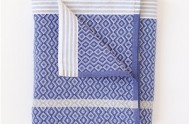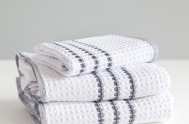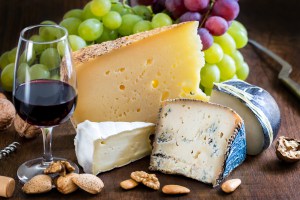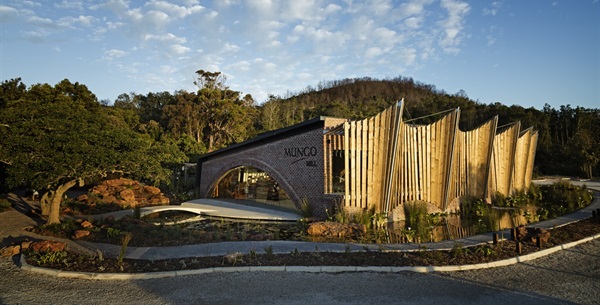
Textile company Mungo, founded 35 years ago by master weaver Stuart Holding, opened a new mill in November at the historic homestead of Old Nick Village in Plettenberg Bay. The Mungo Mill is the company’s new thriving hub of production, comprising its design, weaving and CMT departments.

Open to the public, the mill showcases a cross-section of weaving production from pre-industrial revolution to present day.
“Through industrialisation, people have lost touch with the process of how the goods we use are made. Our aim is to bridge this gap. It is a space for production, public appreciation and a first-hand experience of our commitment to transparency and accountability for what we make and do,” says the company.
Here, Mungo director Dax Holding talks design, transparency and the evolution of weaving.
Your father, Stuart Holding, started the company 35 years ago. Can you tell us a bit more about his Mungo journey?
His Mungo journey is pure passion. It is 100% desire to make a piece of fabric. He came from a very small Yorkshire town where he knew exactly what his life would be like if he stayed. He’d work at the local mill, have 2.5 kids, marry Sally… But he turned his back on that life and travelled the world, ending up in South Africa.
With the knowledge and skills he possessed, he started re-learning weaving and creating fabrics from his own personal perspective. He really pushed the boundaries of what was possible, failing and winning, and those successes and learnings shaped the company and formed the Mungo vision.
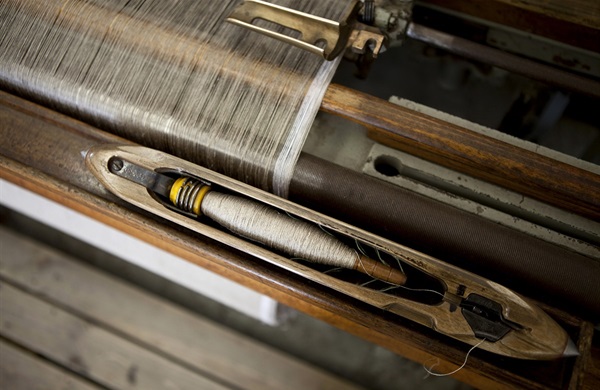
Who makes up the Mungo team today?
Today we’re a team of over fifty people, ranging from production to admin, three retail stores, a marketing team, and the whole production outfit. My father, sister Tessa and I make up the board of directors with equal shares in the company.
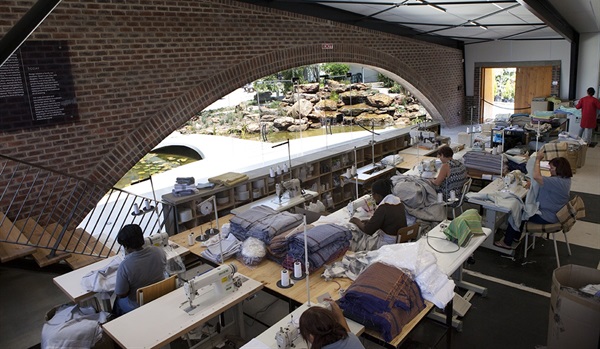
You’re referring to the new mill as a showcase of transparent production. How does the building merge pre-industrial methods with present-day technology?
Production at the Mill currently combines antique looms from the pre-industrial revolution to more modern looms made in the early 80’s. The progression of the technology is fascinating to see in action. Going forward five to ten years we’ll look at modernising even further in terms of equipment and computer programming, but there are definite benefits to holding on to the older machines.
For one, the technology is simpler, and they can be more cost-effective. The ethos behind using looms that would have been sold for scrap to still be producing top quality fabrics, is something we align with greatly. On the downside, the older equipment tends to break down and become unreliable.
We’re also mindful of ensuring that the skill set doesn’t die off with the people that know how to run the old looms. The transfer of these skills is very important and an art in itself.
Can you chat us through the design process with architect Andrea Cristoforetti?
The process happened around Andrea’s kitchen counter. He has a lot of architectural books that have been collected over the years and he translated his vision through those images and references. We refined the design over a number of meetings and a number of bottles of Castle Milk Stout.
With Andrea being Italian there was also a fair amount of delicious parmesan cheese and excellent balsamic vinegar thrown in for good measure. It was a very charming process.
What part did Poise Consulting play in the project?
They were the structural and civil engineers on the project, but there was a lot of overlap with the architectural function. Deon from Poise took Andrea’s concept and turned it into a workable plan for the builder. He is a very dynamic and creative engineer and typically works on projects that other people might shy away from.
What materials and noteworthy design elements are being showcased in the build?
The primary design elements of the building are the external skin and the arches. The face brick detail achieved by our builder is also important to note. We used local materials wherever possible including bricks that are made 20 km away and timber from the pine forests between George and Knysna.
I’m a carpenter and cabinet maker by trade, having studied furniture design and furniture making, so I have an understanding and love of wood. My personal aesthetic leans towards leaving the product untreated to weather naturally, bleaching over time to create more dimension. The wooden floors have been varnished inside to keep them from becoming very dirty, but even there we opted for a very soft finish.
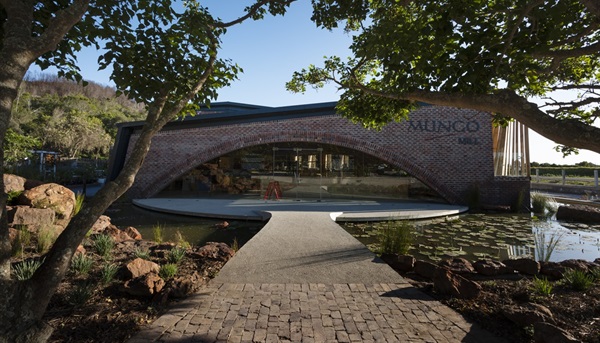
We also referenced some of the design elements from the old Yorkshire mills which ran on water during that period. A water wheel would have powered the machines, followed by boilers and steam as technology progressed. The water feature at our Mill represents that era whilst adding architectural perspective in the form of reflections of the skin.
Sustainability, transparency and traceability are central to your company values. Why are these and the ‘slow movement’ so important to you as a brand?
We have a huge impact on the planet as a species, largely negative, and at Mungo, we want to use some of the tools at our disposal to champion the honesty and transparency of manufacturing. This promise holds us accountable and forces us to make decisions that ultimately benefit the environment.
People have lost touch with how things are manufactured but we’re passionate about showcasing and valuing the process by which something has been made.
Have you noted a movement away from rampant consumerism to something more socially and ethically connected?
I have, but it really varies from person to person. It’s fantastic if you live in the City Bowl in Cape Town where you can drink craft beer and you have the income to buy beautiful handmade products, but for the other 99% on the planet who are buying products based entirely on the price it’s a different story.
You can’t turn the tide on that or on our social, cultural and economic system but maybe this slow craft movement is a start of something a little bit different.



